Realism
pre-class prep: read Chu pp. 246-67, 285-92, 314-20, and 457-61 (PDF)
read selections from Realist critics Max Buchon and Castagnary (PDF)
review YouTube video The Industrial Revolution
discussion questions: There are no discussion questions for this topic to give everyone a chance to recover from the exam.
people, terms, and concepts: contemporary, realism (vs. idealization), bourgeoisie, proletariat, industrialization, Socialism, the use of art as social criticism, censorship
key points:
• What are the characteristics of Realism in terms of subject-matter, form/style, and overall artistic intent? How does Realism differ from Classicism? How does Realism differ from Romanticism?
• Given that Realism concentrates on lower-class labor, how does it relate to the social history of lower class labor in the nineteenth century? How, especially, does it relate to the economic consequences of industrialization (replacing human labor with machine labor)?
• How is the Realists' depiction of lower-class life different from that of previous art, such as that seen in Rococo shepherds and in picturesque landscapes?
• How does Realism relate to the rise of nineteenth-century political movements sympathetic to the plight of the working classes, such as Socialism and Communism?
• How is Realism's use of art as social criticism different from the more usual use of art as a form of propaganda for the wealthy and powerful? How did this affect the exhibition and reception of Realist art, and relate to contemporary censorship laws?
Daumier, Rue Transnonain, French Realism, 1834
Courbet, A Funeral at Ornans, French Realism, 1849
Courbet, The Stone-breakers, French Realism, 1849
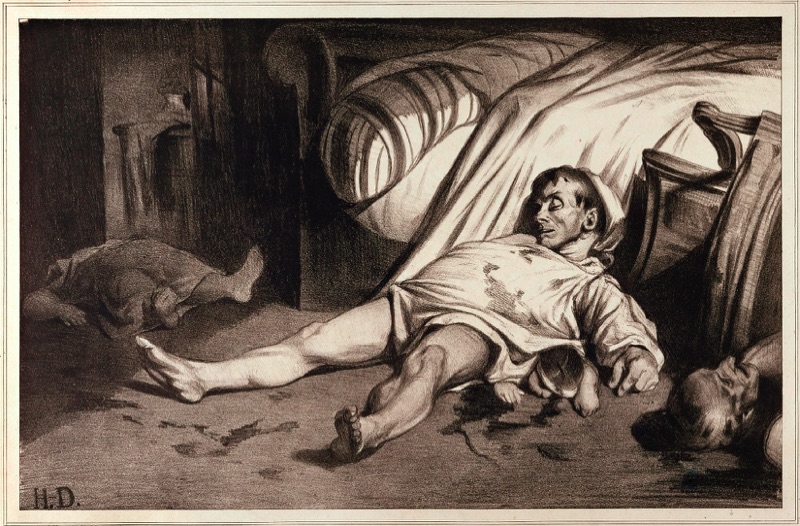
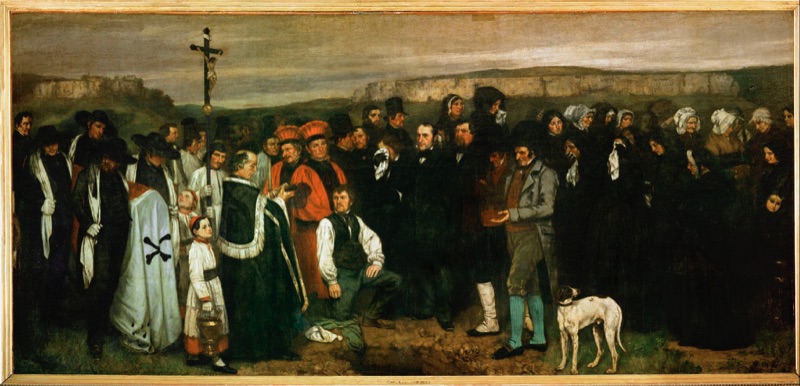
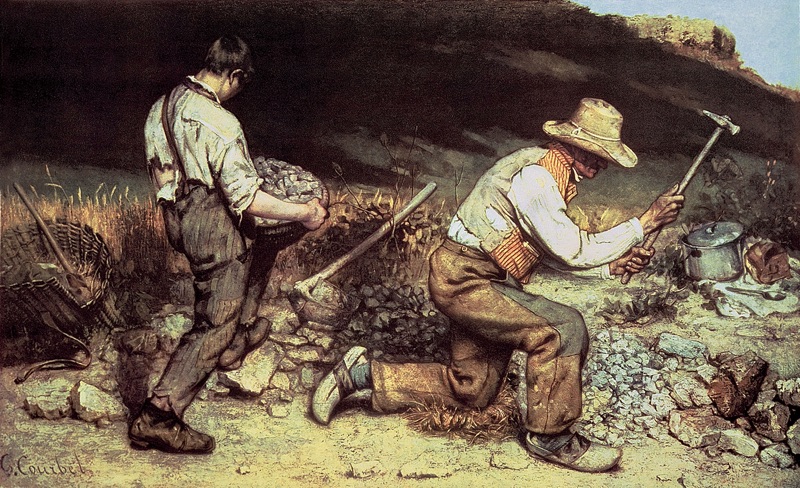
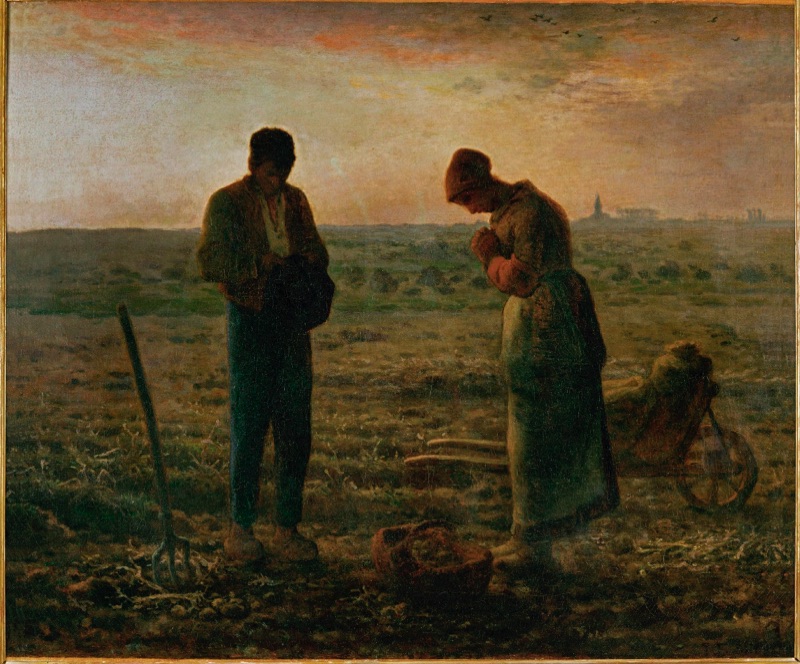
Ilya Repin, Barge-haulers on the Volga, Russian Realism, 1870-73
Adolph Menzel, The Iron-Rolling Mill, German Realism, 1872-75
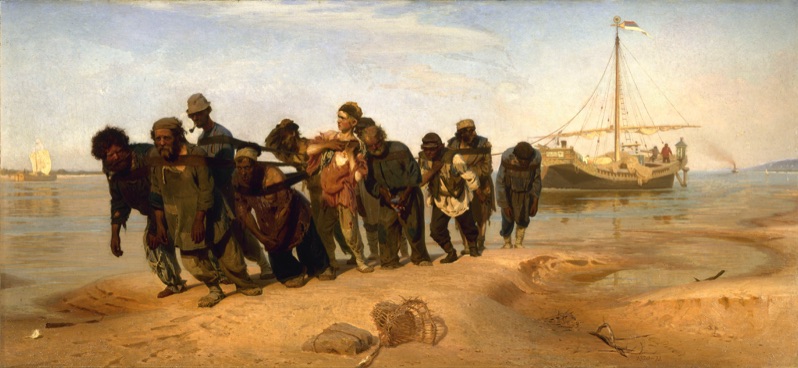
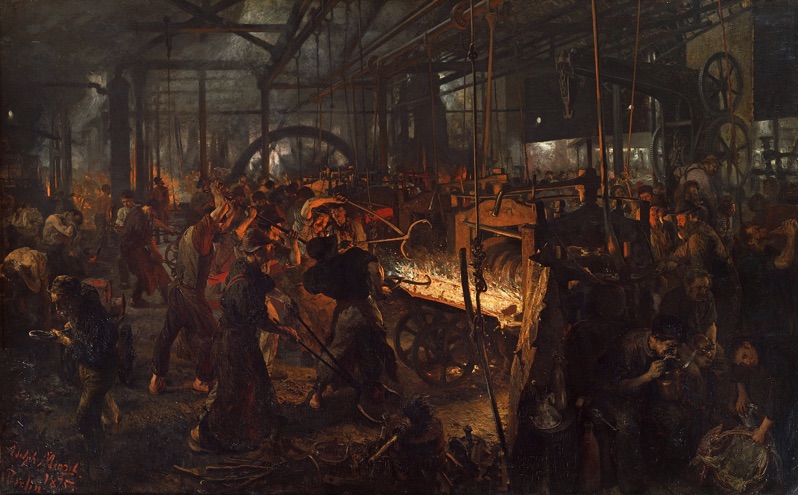
Millet, The Angelus, French Realism, 1857-59
